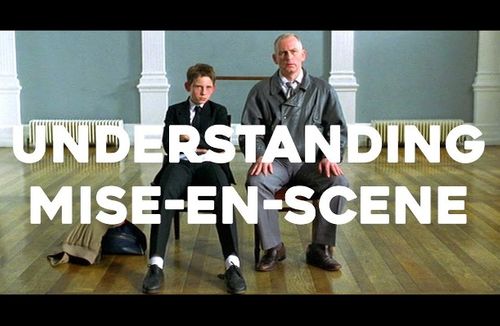What is Mise-en-Scène?
Apr 25, 2023 · 4 mins read
0
Share

What is Mise-en-Scène? - Part 1
One term that anyone pursuing film must know is “Mise-en-Scene”. It is a French term that simply translates to “placing on stage” & describes what we see within the frame of a film. It can also be described as "the look and feel" of a movie.
Save
Share
Mise-en-scène in cinema refers to everything that appears before the camera & its arrangement - composition, sets, props, actors, costumes, & lighting. It can feel like a convoluted & overly-complicated concept to understand, but it's important to audience experience.
Save
Share
A lot of Mise-en-Scène in filmmaking is intuitive & collaborative, but it's important for filmmakers of all types to have a basic understanding of the principals. Mise-en-Scène consists of 15 fundamental points filmmakers should be aware of.
Save
Share
1) Dominance: What is the focal point of what is being shown? Where is the placement and size of that object/character within the frame?
Save
Share
2) Lighting: By using different types of lighting setups it leads the eye of the viewer to where you want them to look. This sets the mood, tone, and the focus of the frame.
Save
Share
3) Shot & Camera Proxemics: How much of the subject/character/object is in frame? The placement of the camera can give a very intimate feeling or an open wide feeling.
Save
Share
4) Angles: The angle at which the camera is pointed at the subject/character/object can convey different emotions. (i.e. if the camera is low pointing up at a subject, it gives a feeling like the subject is towering over you.)
Save
Share
5) Color: The choice of color to include in the frame can convey theme and style. Psychologically, certain colors give us subtle hints about the story (i.e. red is a color that can mean passion or death)
Save
Share
6) Lens + Filter + Stock: The choice of these three elements is important to how the subject is photographed and that is another part of telling the story visually. A filmmaker will pick certain lenses and filters to convey a mood to tell the story.
Save
Share
7) Subsidiary Contrasts: Using a combination of lighting, camera angle, composition and blocking, the filmmaker can guide the viewers eye from one subject to another. They create contrast within the frame to guide the viewers eye to where they want them to look.
Save
Share
0